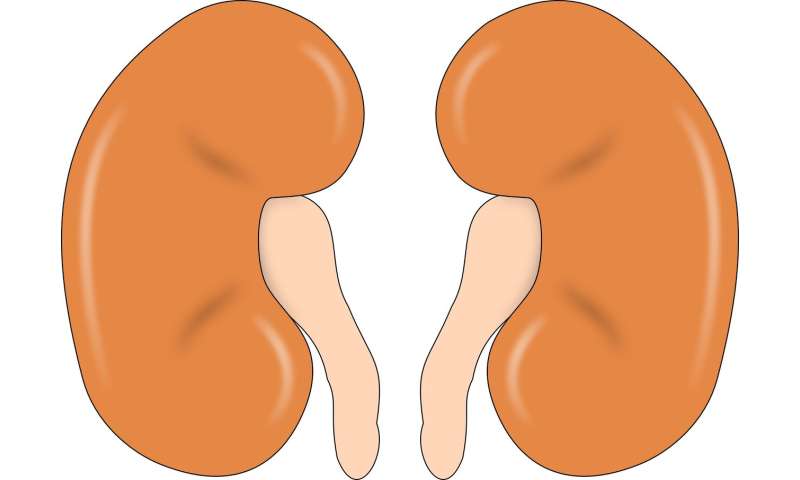New study: Chronic kidney disease a ‘global killer in plain sight’

Rates of people needing dialysis have increased more than 40% since 1990, but access to this life-saving treatment is still markedly inequitable, according to a new scientific study.
“Chronic kidney disease is a global killer hidden in plain sight,” said Dr. Theo Vos, professor of Health Metrics Sciences at the Institute for Health Metrics and Evaluation at the University of Washington’s School of Medicine. “The evidence is clear: Many nations’ health systems cannot keep pace with the dialysis demand. Cases far exceed and are well beyond the ability of those systems to handle. The consequences, literally, are deadly.”
In addition to deaths resulting from organ failure in chronic kidney disease, impaired kidney function also puts individuals at higher risk of developing cardiovascular disease. Globally, chronic kidney disease directly resulted in an estimated 1.23 million deaths in 2017, with an additional 1.36 million deaths attributable to cardiovascular disease resulting from impaired kidney function.
Chronic kidney disease was the 12th leading cause of death globally in 2017, up from 17th in 1990.
There were 697.5 million cases of chronic kidney disease in 2017. Nearly one-third of those patients lived in two countries—China, with about 132 million cases, and India, with about 115 million. Further, 10 other nations—the US, Indonesia, Russia, Japan, Brazil, Pakistan, Mexico, Nigeria, Bangladesh, and Vietnam—each had more than 10 million cases in 2017. In total, 79 of the 195 countries included in the study exceeded 1 million cases.
Those cases and deaths in 2017 led to an estimated 7.3 million years lived with disability and 28.5 million years of life lost, according to the study. There was a more than 15-fold difference in the burden of chronic kidney disease among countries: American Samoa, El Salvador, Federated States of Micronesia, Marshall Islands, and Mauritius had the highest estimated rates of years lost to ill health (disability-adjusted life years or DALYs) with more than 1,500 per 100,000 population. In contrast, Andorra, Finland, Iceland, and Slovenia had the lowest burden with fewer than 120 DALYs per 100,000 population.
The primary cause of chronic kidney disease varies, with hypertension and diabetes being the most common. The link between kidney disease and other major non-communicable diseases highlights the importance of preventive care and public health policy in limiting the progression of chronic kidney disease. HIV and exposure to toxins or heavy metals play an additional role in developing countries, while in some areas of the world the cause remains unknown.
The study, published today in the international medical journal The Lancet, is part of the annual Global Burden of Disease study, the world’s largest and most comprehensive effort to quantify health loss. The next edition of the study will be published in May in collaboration with the World Health Organization.
Among other findings:
- The burden of chronic kidney disease is studied predominantly in high-income countries, in terms of prevalence, quality of life, death, and kidney and cardiovascular complications.
- Even where results of large-scale national kidney disease screening programs are available, many data sources report estimates only for selected populations limited by age group, geography, and occupation, among other factors.
- For many regions of the world with high chronic kidney disease burden, such as Central America, Latin America, and Oceania, there are few or no data on chronic kidney disease. In these cases, computer modeling was used to develop health estimates.
Source: Read Full Article
